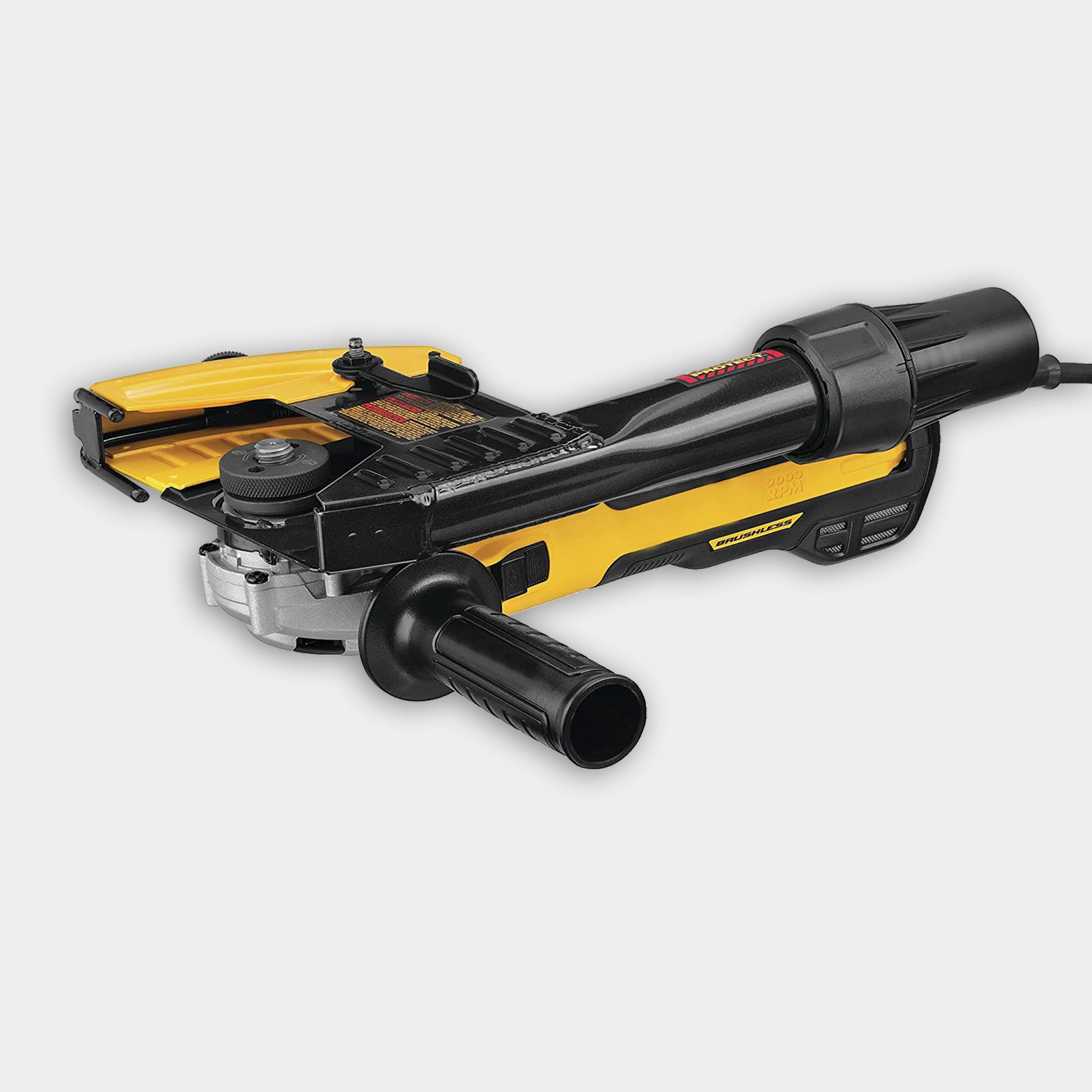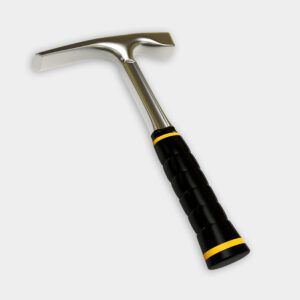We may be compensated if you purchase through links on our website. Our team is committed to delivering honest, objective, and independent reviews on home products and services.
Cutting stone is an important skill in masonry, blending old-world craftsmanship with modern tools. While hand tools have long been the first choice for skilled masons, power saws now offer efficiency and precision for both pros and DIYers.
In this guide, we explore how to make stone cuts using power saws while keeping that natural, hand-worked feel. Ask This Old House mason Mark McCullough demonstrates the techniques with host Kevin O’Connor in the video above.
Traditional vs. Modern Stone Cutting Techniques
Stone cutting has come a long way, and today’s masons can choose between traditional hand tools and modern power tools. Here’s a quick look at how they compare:
- Traditional hand tools: Traditional stone cutting relies on hand tools used for centuries—chisels, hammers, feathers and wedges, and hand saws. These tools require more skill but offer precise control and help preserve the natural look of the stone.
- Modern power tools: Power tools—like angle grinders, circular saws with diamond blades, and tuckpoint grinders—bring speed and efficiency to stone cutting. These tools make the job faster, but they can also give the stone a more manufactured look if you’re not careful.
Selecting Tools for Stone Cutting
Choosing the right tool depends on the stone you’re cutting, the look you want, and your comfort with the tools. The right selection keeps your project looking natural and helps avoid mistakes.
Power Saws for Stone Cutting
Power saws are popular for cutting stone because they’re fast and precise. Common options include:
- Angle grinders with diamond blades
- Circular saws with masonry blades
- Tuckpoint grinders
- Wet saws for bigger projects
Diamond blades are typically the best choice for cutting through different types of stone. Power saws are effective, but make sure to follow the manufacturer’s safety guidelines and understand how the tool works before starting.
Hand Tools for Finishing
Even if you use power tools for the main cut, hand tools are helpful for finishing the stone and giving it a more natural, less perfect look. Brick hammers, chisels, and bush hammers are great for shaping the edges and creating an authentic finish.
Steps for Making Stone Cuts With a Power Saw
Making precise cuts with a power saw requires careful planning and execution. Follow these steps to get clean, accurate cuts while maintaining the stone’s character:
- Mark the cutting line clearly on the stone using a pencil or chalk.
- Set up your work area with proper safety equipment, including eye protection, ear protection, and a dust mask.
- Secure the stone in place to prevent movement during cutting, using clamps or a vise if necessary.
- Start the saw and slowly lower it onto the marked line. Let the blade do the work without forcing it.
- Cut along the marked line, maintaining a steady pace and pressure. Check that your cut is being guided firmly along the line.
- Stop cutting before you reach the end of the stone to prevent chipping it.
- Use a brick hammer to knock off the remaining piece and create a more natural edge. This gives the stone a finished look that feels organic.
Keeping the Natural Look of Cut Stone
Power saws can sometimes leave the stone looking too perfect, but there are ways to keep the natural look. Try these strategies:
- Stop before cutting all the way through: Breaking off the last bit by hand helps keep the stone’s edge more irregular and natural.
- Knock down the edges: Use a hammer to soften the sharp edges and give the stone a more weathered appearance.
- Add small imperfections: Lightly chisel or tap along the cut to mimic the look of natural stone, enhancing its authenticity.
Safety Considerations for Stone Cutting
Safety should always be a top priority when cutting stone—especially when using power tools. Here are some key safety measures to follow for a safe working environment:
- Wear appropriate personal protective equipment (PPE), including safety glasses, hearing protection, and a dust mask or respirator.
- Use tools with dust extraction systems to reduce harmful silica dust.
- Work in a well-ventilated area to avoid breathing in dust and fumes.
- Keep your workspace clean and free of debris to prevent accidents.
- Regularly inspect and maintain your tools to check that they’re in good working condition and reduce the risk of malfunctions and accidents.
- Always follow manufacturer instructions for your tools and equipment.
Tips for Professional-Looking Stone Cutting Results
Here are a few tips that can take your stone cutting to the next level:
- Practice first: Try your cuts on scrap pieces to get a feel for the tools before working on the final stones.
- Go slow: Make multiple shallow passes with the saw instead of trying to cut through all at once. This gives you more control and reduces the chance of mistakes.
- Use a straightedge or guide: When you need a perfectly straight cut, a guide helps keep your line even and accurate.
- Keep your blades sharp: Dull blades can chip the stone or make rough cuts, so check your tools before starting.
- Blend the edges: After cutting, finish the edges with a hammer or chisel to blend them with the surrounding stones for a more natural, seamless look.
Stone Cutting Resources
McCullough used a variety of chisels that you can find at home centers and masonry supply stores.
To cut the stone with the grinder, he used a 1775E tuckpoint grinder with a dust extractor HEPA vacuum, both manufactured by Bosch Tools. Using a grinder with dust collection helps keep silica dust down, making the job safer.


